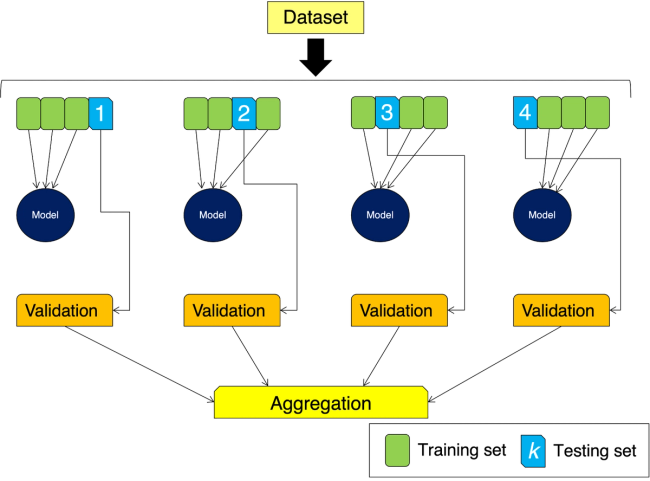Subject archive for "machine-learning," page 2

Python is the New Excel
It's becoming clear that the traditional “citizen data scientist” approach, focusing on no-code tools, has become an evolutionary dead end. Organizations who have pursued this route have little to show beyond PoCs and one-off successes despite years of investment in training and underutilized, proprietary tools. The best that can be said is that these efforts have been a costly way of democratizing data prep and business intelligence. In reality, they have been a step in the wrong direction for analytics and data science maturity.
By Kjell Carlsson7 min read

Diffusion Models – More Than Adding Noise
Go to your favourite social media outlet and use the search functionality to look for DALL-E. You can take a look at this link to see some examples in Twitter. Scroll a bit up and down, and you will see some images that, at first sight, may be very recognisable. Depending on the scenes depicted, if you pay a bit more attention you may see that in some cases something is not quite right with the images. At best there may be a bit (or a lot) of distortion, and in some other cases the scene is totally wacky. No, the artist did not intend to include that distortion or wackiness, and for that matter it is quite likely the artist is not even human. After all, DALL-E is a computer model, called so as a portmanteau of the beloved Pixar robot Wall-E and the surrealist artist Salvador Dalí.
By Dr J Rogel-Salazar12 min read

Designing a Best-in-Class MLOps Pipeline
Today, one of the biggest challenges facing data scientists is taking models from development to production in an efficient and reproducible way. In this way, machine learning (ML) pipelines seek to identify the steps involved in this process. Once the steps are defined, they can be automated and orchestrated, streamlining the data science lifecycle.
By Damaso Sanoja10 min read

Building Robust Models with Cross-Validation in Python
So, you have a machine learning model! Congratulations! Now what? Well, as I always remind colleagues, there is no such thing as a perfect model, only good enough ones. With that in mind, the natural thing to do is to ensure that the machine learning model you have trained is robust and can generalise well to unseen data. On the one hand, we need to ensure that our model is not under- or overfitting, and on the other one, we need to optimise any hyperparameters present in our model. In order words, we are interested in model validation and selection.
By Dr J Rogel-Salazar16 min read

GPU-accelerated Convolutional Neural Networks with PyTorch
Convolutional Neural Networks (CNNs and also ConvNets) is a class of Neural Networks typically used for image classification (mapping image data to class values). At a high level, CNNs can be viewed simply as a variant of feedforward networks, but they have a number of advantages in comparison to more traditional algorithms for analysing visual imagery.
By Nikolay Manchev13 min read

Deep Learning & Machine Learning Applications in Financial Services
In the last few years, machine learning and deep learning have become a core part of fields like healthcare, retail, banking, and insurance. This list can go on indefinitely—there's almost no field where machine learning (ML) is not applied to improve the overall efficiency and accuracy of systems. As the world's economy has rapidly grown, so has the need to do things automatically.
By Gourav Singh Bais39 min read
Subscribe to the Domino Newsletter
Receive data science tips and tutorials from leading Data Science leaders, right to your inbox.
By submitting this form you agree to receive communications from Domino related to products and services in accordance with Domino's privacy policy and may opt-out at anytime.